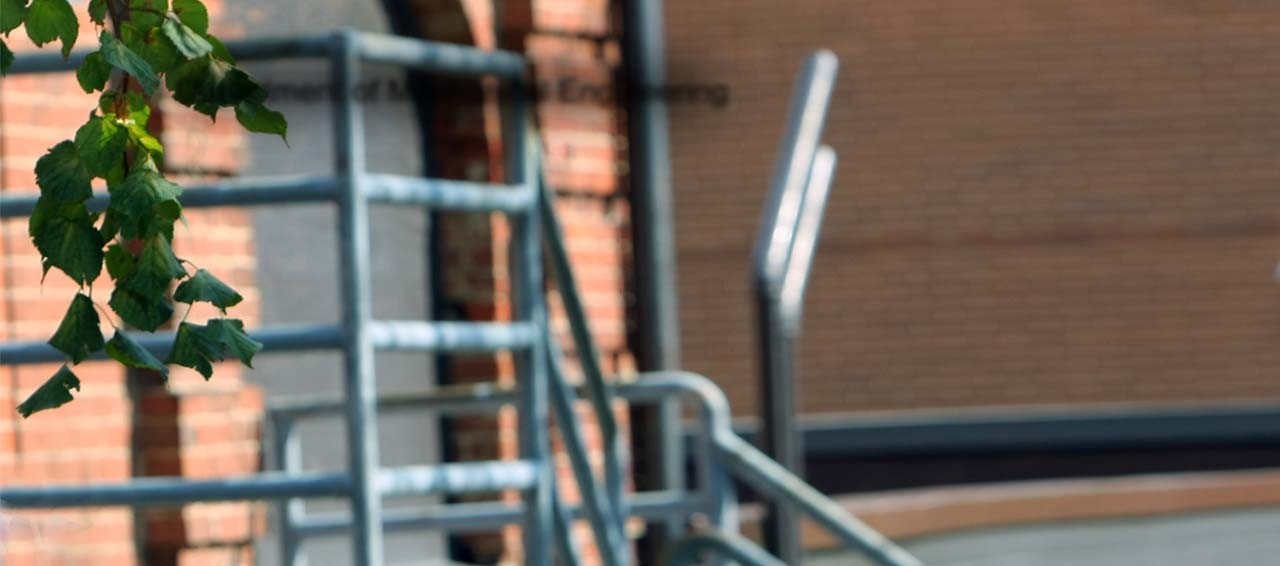Student profiles
 |
Robynne Murray, PhD candidateResearch focus: Tidal energy
|
Robynne Murray first came to Ľ∆…ę÷Ī≤• as an undergraduate student, drawn to the only university in the Maritimes where she could complete the final two years of her Bachelor of Engineering degree. She discovered that Dal‚Äôs Mechanical Engineering department was also the best place to pursue a master‚Äôs degree, a PhD and her passion for renewable energy.
‚ÄúI always knew I was interested in something to do with oceans and renewable energy,‚ÄĚ says Murray, now a doctoral degree candidate co-supervised by Dr. Darrel Doman and Dr. Michael Pegg. ‚ÄúBeing on one of the coasts is the place to be.‚ÄĚ
Murray’s research is focused in the emerging area of tidal energy. “Right now what I’m working on is developing blades for tidal turbines. I’m looking at ways that we can increase robustness and cost-effectiveness for tidal turbine rotors, replacing complicated parts with something that would be inherently lower-maintenance.
‚ÄúThe end goal is for tidal energy to hopefully one day replace less clean energy sources.‚ÄĚ
Murray's research work has taken her across the globe, to renewable and tidal energy conferences in Ireland, Sweden, Denmark and South Korea. She's thrilled to be working in a newer field that can make a major environmental and economic impact ‚Äď and one that brings out her creativity.
‚ÄúThere‚Äôs so many different avenues that you could take,‚ÄĚ she says. ‚ÄúFor an engineer, it‚Äôs a playground.‚ÄĚ
Őż
 |
Amanda Colella-Centazzo, master's studentResearch focus: Blood flow in stents
|
 |
Al-Mokhtar Mohamed, PhDŐżResearch focus: Improving the grinding process in manufacturing
|
